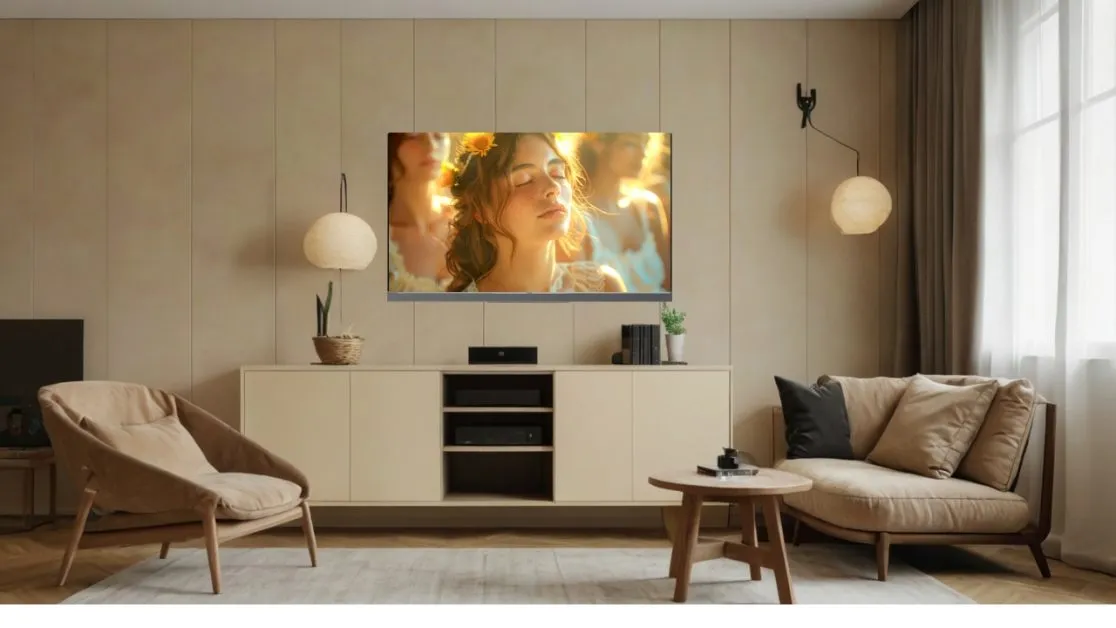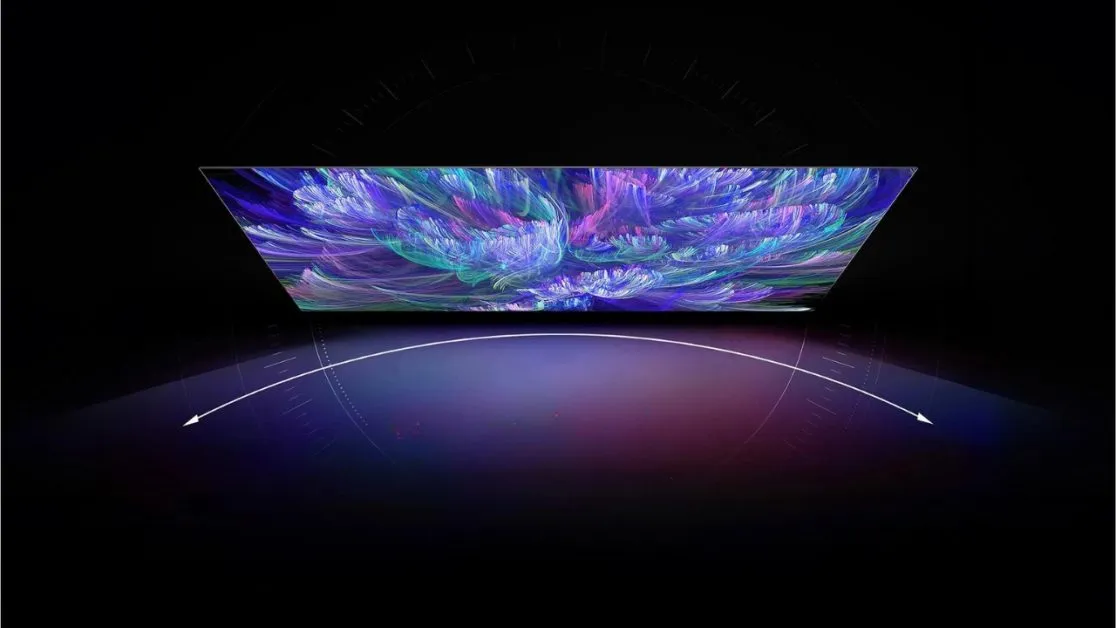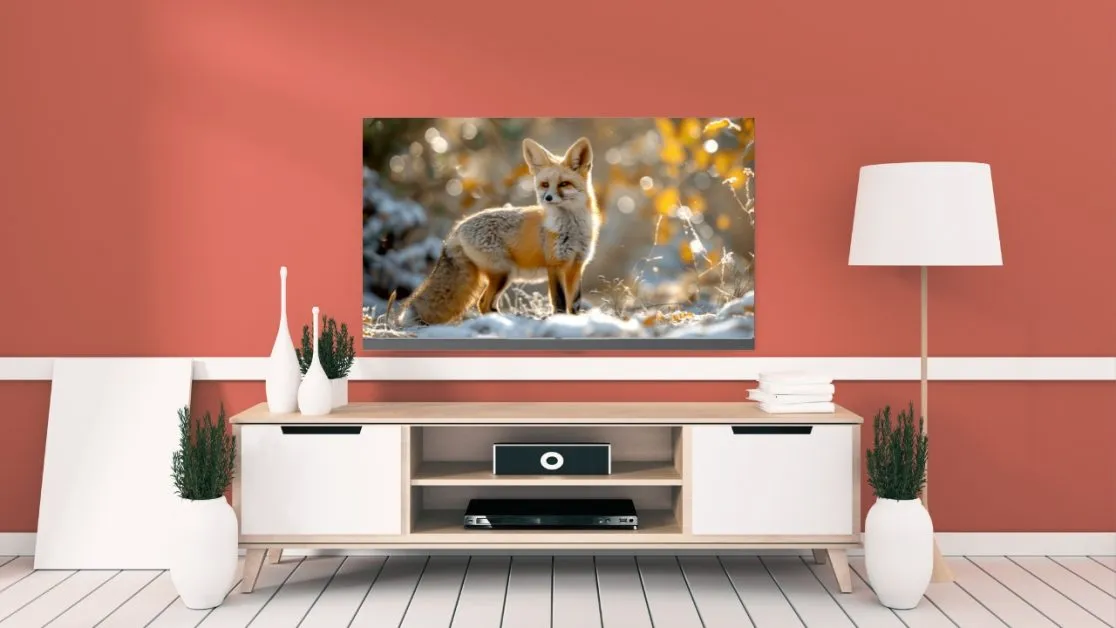As India celebrates its 75th Independence Day, let’s explore the advancements in television technology that are making waves. One of the latest innovations is Mini LED, which promises better picture quality and enhanced viewing experiences. As Indians become more tech-savvy, it’s crucial to understand the differences between Mini LED and traditional LED TVs to make informed purchasing decisions.
Considering that people in India are becoming more tech-savvy by the day, it becomes essential for them to know the difference between these two types of displays so that they can make an informed decision when buying their next TV set. In this article we will go deep into these technologies and see how each one fares against the other.
Introduction to LED Technology
Before diving into Mini LEDs, let’s understand traditional LEDs. Light Emitting Diodes (LEDs) have been the backbone of TV backlighting for years, offering energy efficiency and good picture quality. However, as technology evolves, there are always improvements on the horizon.
A New Dawn: The Rise Of Mini LED Lighting

Mini LED lighting came as an evolution from traditional LED lighting where LEDs were made smaller than their predecessors, hence the name ‘mini’. Generally, mini LEDs are much tinier than regular ones with a maximum dimension measuring only 0.2mm across usually even less, thus allowing for a higher amount of LEDs packed into specific areas behind screens, thereby enabling more localized control over light emission levels at those points.
Smaller Is Better
Mini LEDs offer several advantages:
Improved Local Dimming: More dimming zones for better control over screen darkness and lightness.
- Better Contrast: Deeper blacks and brighter whites for improved contrast ratios.
- Reduced Blooming: Less light bleed due to smaller, tightly managed light sources.
- Enhanced HDR Performance: Better brightness levels for more vibrant and lifelike HDR content.
- Improved Local Dimming: More dimming zones can be created by mini LED TVs as they have many more LEDs, which means finer control over which parts of the screen should be darkened or lit up.
Contrast Ratio Showdown

Between Mini LED and traditional LED, which has a higher contrast ratio?
- Contrast and Black Levels: Mini LED TVs excel in producing deeper blacks and brighter whites, offering more accurate control over shadow details and highlights.
- Color Accuracy and Vibrancy: Mini LED displays provide superior color reproduction compared to traditional LEDs, which rely on blue backlighting and quantum dots.
Contrast and Black Levels
Mini LED TVs perform exceptionally well when it comes to producing deeper blacks while still maintaining brighter whites too at the same time. Basically, there is an increased number of zones where darkening can take place on such screens due to higher amounts of LEDs being used, thus giving room for more accurate control over lighter parts as well. This leads to the creation of images with improved shadow details plus highlights that pop out so vividly against them.
Traditional LED sets may also offer good contrast levels, but achieving true blackness becomes quite difficult for them, especially during dark scenes where backlights tend to make everything look slightly washed out.
Color Accuracy and Vibrancy
In terms of picture quality, there is no doubt that mini LED displays provide much better color reproduction than their traditional counterparts.
Traditional LED TVs rely on blue backlighting combined with quantum dots to produce colors. While this method works relatively well, it still falls short when compared to real RGB (Red-Green-Blue) color mixing used in mini LEDs. The result is a wider color gamut and more accurate representation of hues and shades with mini LED technology.
When it comes to peak brightness and being able to display the entire range of HDR content as intended by creators, traditional LED televisions usually lag behind even though they can still provide good performance in this area.
Viewing Angles

For years now, LED-LCD TV sets have been known for their poor viewing angles. The technology of mini LEDs does not entirely solve this problem but it still helps in keeping wide-angle views brighter and clearer compared to traditional LED TVs due to the presence of many light sources which leads to better local dimming.
While LED-LCD TVs are known for poor viewing angles, Mini LED technology improves wide-angle views by maintaining brightness and clarity, thanks to better local dimming.
Energy Efficiency and Lifespan
Both types of television sets have similar energy consumption levels when operating at the same size or resolution. Although mini LEDs can save some power by dimming parts of the screen during dark scenes, overall there is not much difference between them when it comes to energy efficiency.
Both Mini LED and traditional LED TVs have similar energy consumption levels. Traditional LEDs tend to last longer, although Mini LEDs are also durable.
Traditional LEDs, however, last longer since they have an operational lifespan that extends over several years while still maintaining high-quality performance characteristics throughout this period, unlike mini-LEDs which are also durable but their small size may affect longevity although not significantly so according to industry standards.
The Price Factor

Mini LED TVs are generally priced higher due to manufacturing complexity and component costs. However, prices should decrease as the technology becomes more common. For budget-conscious consumers, traditional LED TVs offer good value.
Making the Right Choice for Your Home
When deciding between Mini LED and traditional LED TVs, consider:
- Picture Quality Priority: Opt for Mini LED for richer colors and deeper blacks.
- Room Lighting Conditions: Mini LED performs well in both bright and dark environments.
- Content Type Preference: Mini LED is ideal for HDR content and films with many night scenes.
- Budget Constraints: Traditional LED TVs offer decent images at affordable prices.
- Future-proofing Considerations: Mini LED represents the latest achievement in display technology.
The Haier M95E: A Glimpse into the Future of TV Technology

The Haier M95E QDMINI LED 4K Smart TV showcases the innovations of Mini LED technology, offering an immersive visual experience with higher contrast levels, Dolby Vision IQ support, and a 144Hz refresh rate. This model is designed for discerning Indian consumers who demand the best in home entertainment.
As we celebrate India’s Independence Day, let’s also celebrate the technological advancements that are shaping our future, let us take a look at an outstanding product which showcases some of these innovations – the Haier M95E QDMINI LED 4K Smart TV. This particular model comes packed with features designed for discerning Indian consumers who demand nothing but the best from home entertainment systems.
Unparalleled Visual Experience
One thing about the Haier M95E QD MINI LED 4K Smart TV that cannot be disputed is its ability to deliver an immersive visual experience on account of having higher contrast levels due to 2000 NITS peak brightness coupled with full coverage of the color gamut. Moreover, support for Dolby Vision IQ makes it possible for this device to bring HDR content alive in ways never seen before among other similar products.
The 144Hz refresh rate ensures smooth motion, making it ideal for both cinephiles and gamers alike.

